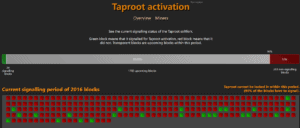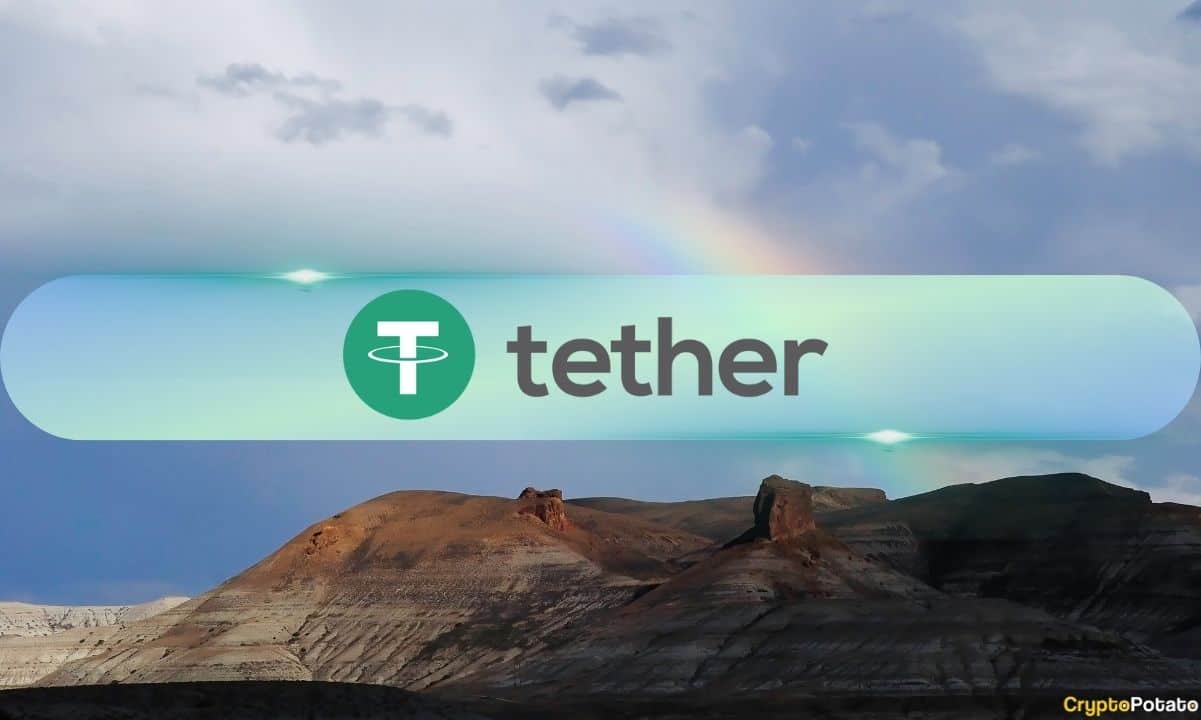Bitcoin’s Most Ambitious Upgrade in Years, Taproot, is Now Being Voted On For Implementation
The Bitcoin network is making history today… Or at least it’s trying to.
After several years of development, the long-awaited Taproot update is ready to run, and now it’s up to the community to decide whether or not they agree with its implementation.
What is Taproot and Why Does It Matter?
Taproot is a Bitcoin soft fork that integrates Schnorr cryptographic signatures, an alternative signature method to the ECDSA currently implemented on the network. This upgrade, in very simple terms, allows the creation of a kind of master key to summarize a set of signatures into a single one.
In this way, performing multi-signature multi-input transactions (UTXI) on Bitcoin becomes more efficient, cheaper, and easier.
This implementation opens the door for various methods of identity obfuscation by hiding the number of participants involved in a Bitcoin transaction.
Another benefit of Taproot is that it lightens the load on the network, reducing the transaction space by at least 20% (much more if the transactions are multi-signed), which would increase the transaction processing capacity per second and considerably reduce the fees for each transaction.
In addition, many expect the implementation of Taproot to enable the eventual development of smart contracts, which would lead to even greater adoption of the network.
In simple terms, it is a major step towards a more scalable, private Bitcoin.
The Future of Bitcoin Is In The Hands of The Community
To implement the network, the proposal must pass a major test: the “Speedy Trial.” Miners must update their nodes with this compatibility and signal their approval for Taproot if they agree.
The voting period started with the latest network difficulty adjustment and will last 2016 blocks until the next update occurs. If at that time more than 90% of the mining blocks signal their approval to Taproot, the soft fork will be implemented in November this year.
The first block signaled for Taproot was block 681458, mined by SlushPool on 2021-05-02 03:24:05 UTC.
Currently, 10.36% of the mined blocks agree with the soft fork, with 1792 blocks left to see what happens. If the goal is not achieved, we will have to wait for the next adjustment.

If you visit Taproot.watch, you will be able to follow the evolution of this event. Currently, out of the top 10 mining pools, only 3 have given signs of approval.
The Taproot signaling event has already sparked buzz in the community, especially considering that the second most powerful pool on the Bitcoin network, F2Pool, was the one that mined the first block signaling its readiness for Taproot.
Excited bitcoiners include Twitter creator Jack Dorsey who shared a link to the block tracking website in favor of the soft fork, evangelist Andreas Antonopoulos who said he was going to update his nodes ASAP and Charlie Shrem who thanked developers for the hard work.









